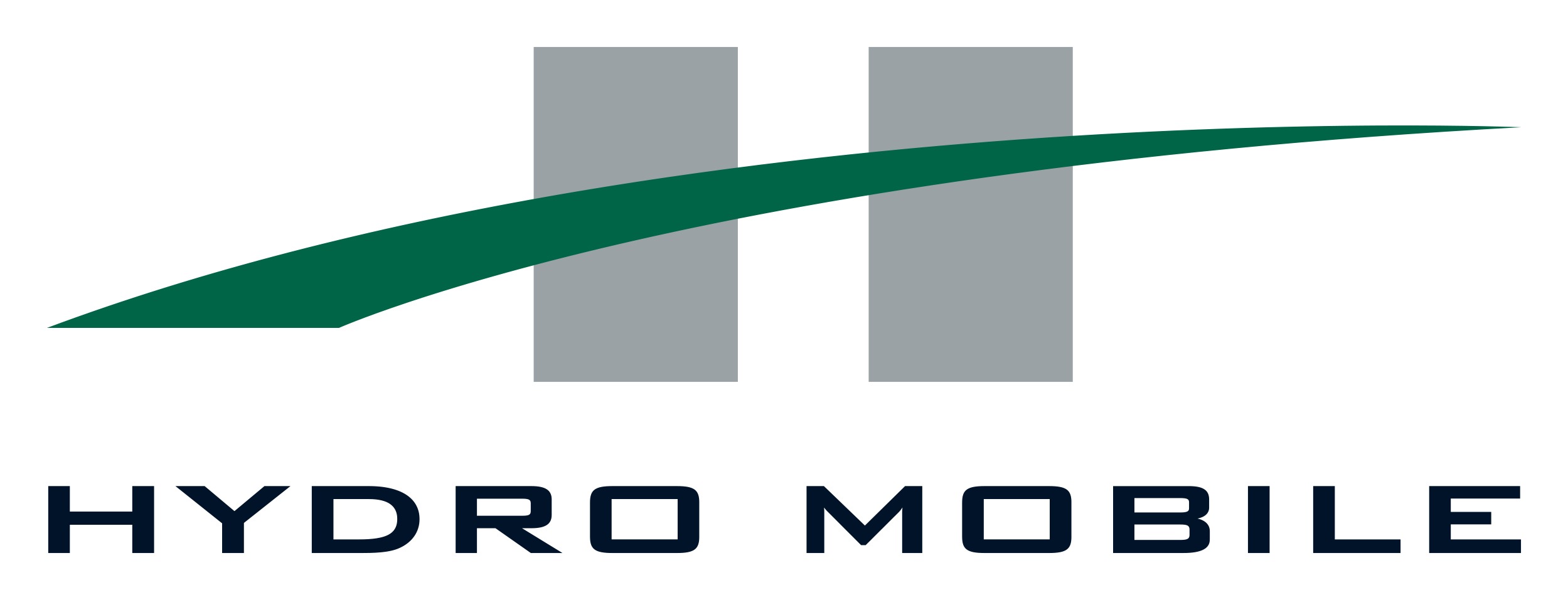Ride To Heights In Comfort And Safety
Words: Isa Stein
Advertorial By

Most masonry-specific mast climbing work platforms are designed with considerable deck space and capacity to accommodate the storage and stocking of large and heavy masonry material. To gain this space and capacity, travel speed is usually relinquished. As seen in both nature and design, the largest in any category are often not the fastest.
This is also true of Hydro Mobile’s M2 series mast climbing work platforms. Designed specifically with masons in mind, the M2 series platform has the deck space and capacity they need, but these features come at a price. The M2 series platform travels at only 3 feet per minute. As a result, it is not common to bring the platform down from an elevated working height at the end of the day and then raise it back up in the morning. Instead, the platform is usually left at working height throughout the project, regardless of morning breaks, lunchtime, or the end of a shift. The workers enter and exit the platform by means other than raising and lowering the deck. But what happens when you’re working at 50 feet, 100 feet, 150 feet, or even higher in elevation? This leaves many masons asking, “How do I get safely to and from work each day?”
During pre-job planning and as part of a JHA review, one of the simplest and most common solutions to this issue is to use the building’s internal stairs to climb to the required floor height and then exit through a window safely onto the platform but there are times when this is not an option: New empty stairwells, elevator shafts, shear walls and many other scenarios make it impossible to transfer from inside the building through a wall opening and out on to the work platform.
Hydro Mobile mast sections are designed, built, and erected to meet the requirements for a manually climbable structure, but there are limitations to this option. Fall protection is required above six feet, a rest platform needs to be installed at 30 feet, and Hydro Mobile strongly recommends that the masts not be used for climbing above 60 feet. Even with the use of fall protection and a rest platform, climbing a vertical structure 40, 50, and even 60 feet high two to three times a day is very strenuous and can be physically challenging for some.
Other options for accessing the platform when entry through the building is not possible include the use of scaffold stair units, man lifts, cranes and man baskets, and transport platforms. Each of these options can be a perfectly viable solution—or not—depending on the particulars of a project.
To address this challenge, Hydro Mobile is introducing a completely new approach—the M2 Motorized Access System (M2 MA). This new access solution, available exclusively for Hydro Mobile M2 series 24-foot and 14-foot motorized units, offers a cost-effective, time-saving, and labor-saving alternative to the other options mentioned above, all while placing safety first.
The M2 MA is an enclosed cage that travels securely up and down the mast at a speed of 35 feet per minute with up to three passengers at a time. The system is powered by an electric hoist motor requiring a standard 208-volt single phase power supply that can come from an existing building, temporary power, or a portable generator providing 5500 watts or greater. The motor climbs a wire rope cable attached to the underside of the motorized unit platform. Once the standard access cage is removed, the new Motorized Access basket is easily and quickly installed to the mast directly below the red access door to the top deck. Up to three workers can then simply step into the new M2 MA cage at grade by the base of the M2 unit. The hinged entry door is closed, and a trained operator pushes the up button on the electric hoist motor until it automatically stops directly beneath the platform deck. Once the access cage has come to a complete stop, it triggers a lock release to the overhead door. The workers then climb an internal vertical ladder (only a few steps), raise the red access door at deck level, and step securely onto the top deck within a completely guard-railed platform. To further simplify use and increase safety, the lifting motor includes a dual wire rope system that eliminates the need for each rider to wear fall protection and be attached to a separate lifeline.
The M2 Motorized Access system significantly reduces access time for the entire crew, no matter what other means are available, and eliminates the need for other external access options when entry through the building is not possible.
Please contact your local Hydro-Mobile dealer for more information and see the M2 MA in action in person at the 2024 World of Concrete. Stop by our outside booth in the Spec Mix Bricklayer 500 arena in the Bronze lot and ask for a demonstration.